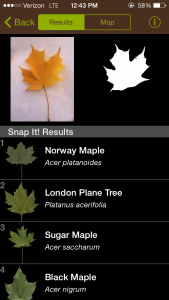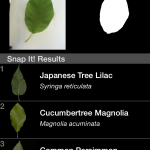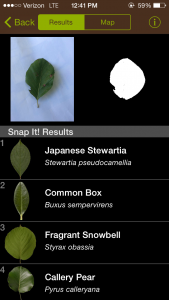Usually I can’t wake up for my 9 am class, but Saturday morning at 6 am, somehow I was able to hop out of bed like a rabbit on the first warm day of spring. I opened the door to the outside to discover that the sun had not yet awakened. It’s always disorienting for me when I step outside to start my day and the sky is still dark. Despite my conflicting excitement and disorientation, I trekked to Wawa for some sad, yet essential, scrambled eggs and then walked with Jackie to Williams Visual Arts Center.
I was fortunate enough to be surrounded by those who fear sitting behind the back tires, so I was able to stretch out in spacious, albeit bump magnifying back seat. I slept wonderfully, with the exception of one bump that awakened me mid-air, and was ready to attack the trail once we reached the entrance.
I started out a little overconfidently. This has not been one of my most physically active semesters, so by the time we ascended up our first steep piece of the trail, I was winded and peeling off my outerwear as much as I could. Just above that steep bit was when we encountered the delightful 77 year old man and the first trail-pup. It was so early in the hike, and I was already inspired by our natural surroundings and the people who were sharing them with us.
As we got further into the hike, I enjoyed conversations with various members of the class, exchanged greetings with other hikers, and let myself be revived by the crisp air, striking colors, and invigorating exercise. The vistas we imbibed while standing on the cliffs were breathtaking. Although the sky wasn’t perfectly blue and the longer we stood, the more uncomfortably cold we became, my senses were wholly satisfied. It’s a shame that some people sigh in disappointment at a grey sky. So many beautiful places have a perpetually grey sky. Wouldn’t a departure from that perhaps take away some of the true essence of that place? I’m tempted to say that a bright blue sky on a cold fall day would have disappointed me, but we all know that’s not true.
While sitting on a boulder eating GORP, gouda cheese, and granola, I felt tempted to lean back on the mossy, lichen covered surface and invite insects, twigs, and plant matter into my hair and jacket. I always find that the deeper I get into a hike, the less averse I am to touching everything. While we were standing discussing how our readings relate to the experience, I was playing with the branches above me and surveying to see if there might have been a branch strong enough for me to hang on. During that discussion, I also felt a strange phenomenon that only occurs when I’m in nature or on a stage: an ability to focus so precisely while also allowing myself to observe and be distracted by everything else around me. I find myself much more able to carry multiple streams of thought when I’m in nature.
On the way back, the bright red leaves that littered the trail captivated me. At the time, the only way I could express this was telling Andy that those leaves “were really doin’ it for me.” I enjoyed Jeremy and Dave’s company for the first part of the way back and was reminded of how much easier it is to converse with someone while walking with no intention of diverting courses. There’s no speeding up your last thought because you soon have to peel off in another direction or find yourself only half-listening because you have to focus on getting to where you’re going in a timely fashion.
There’s something so powerfully relaxing and nourishing about climbing up and down rocks, planning your next steps, breathing in fresh air, participating in unhurried conversation, and ignoring being not entirely comfortable. I am doubtful, anxious person. I constantly question if I’m using my time effectively, making the right decisions, and retaining some sense of being true to myself. When I hike, I have no doubts. I don’t question if I’m spending my time effectively, because I know I am. I know I’m being true to myself because it just feels damn right. Even if I get winded and need to sit or slip and have to catch myself, I still feel nourished by my action coupled with the balanced surroundings around me.
I need hiking. Perhaps some people don’t, but I know I do.





